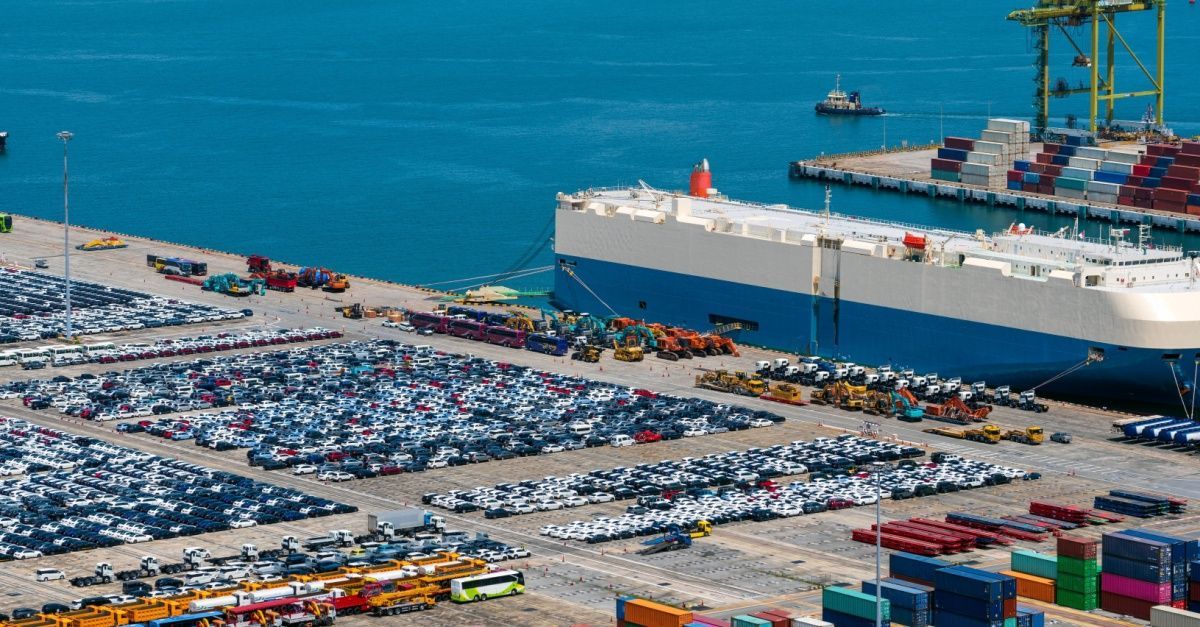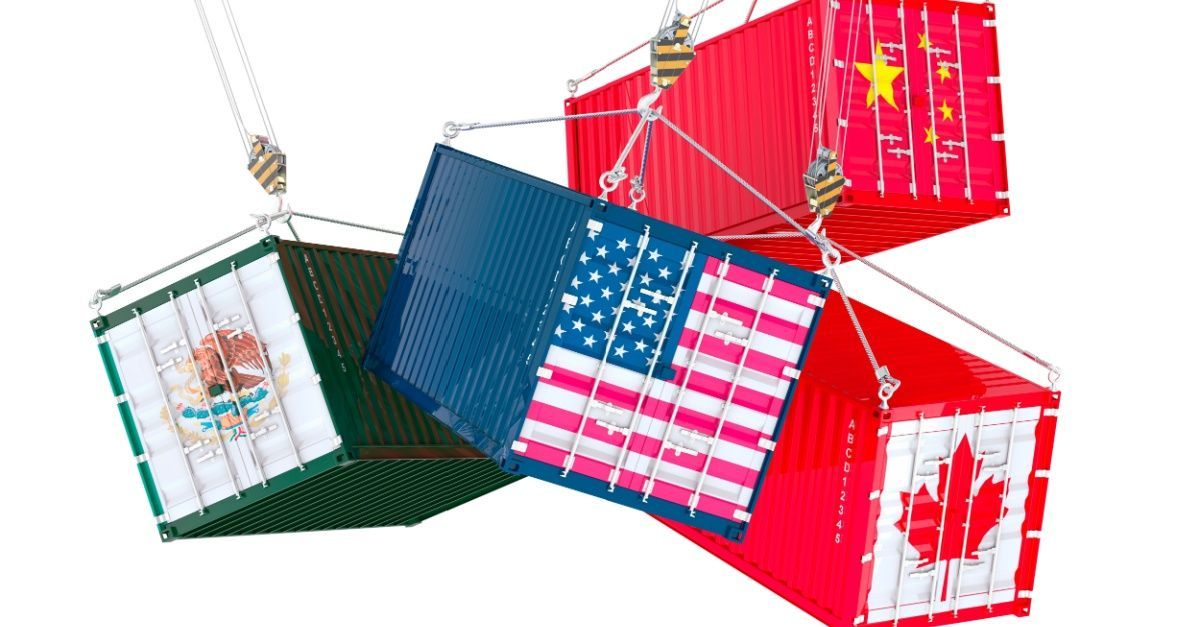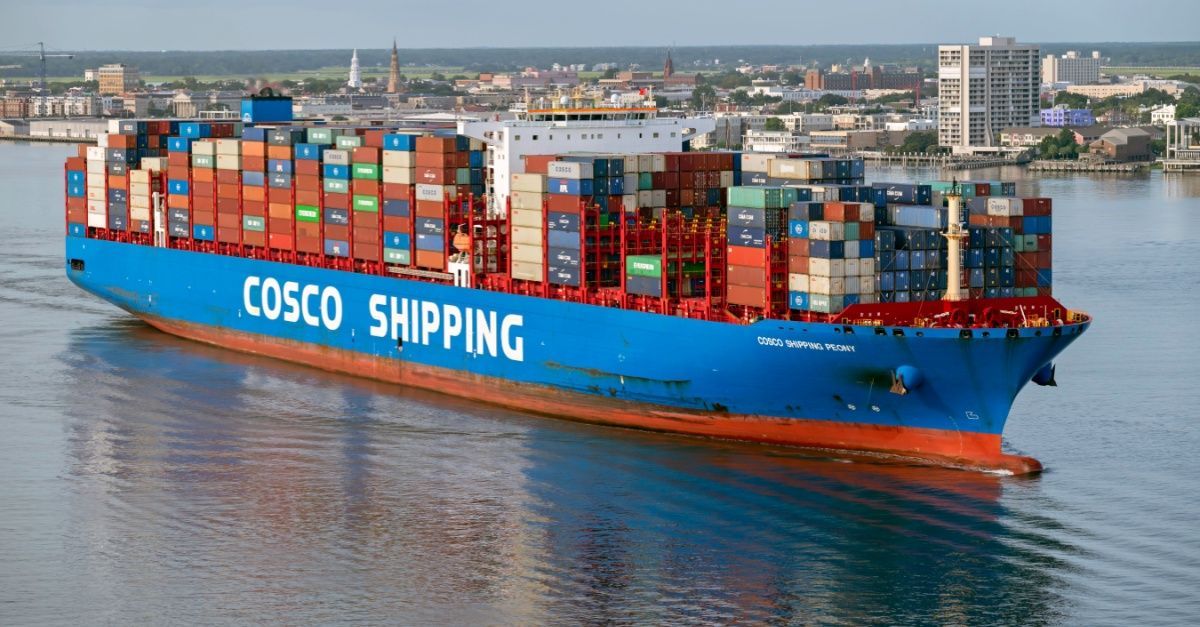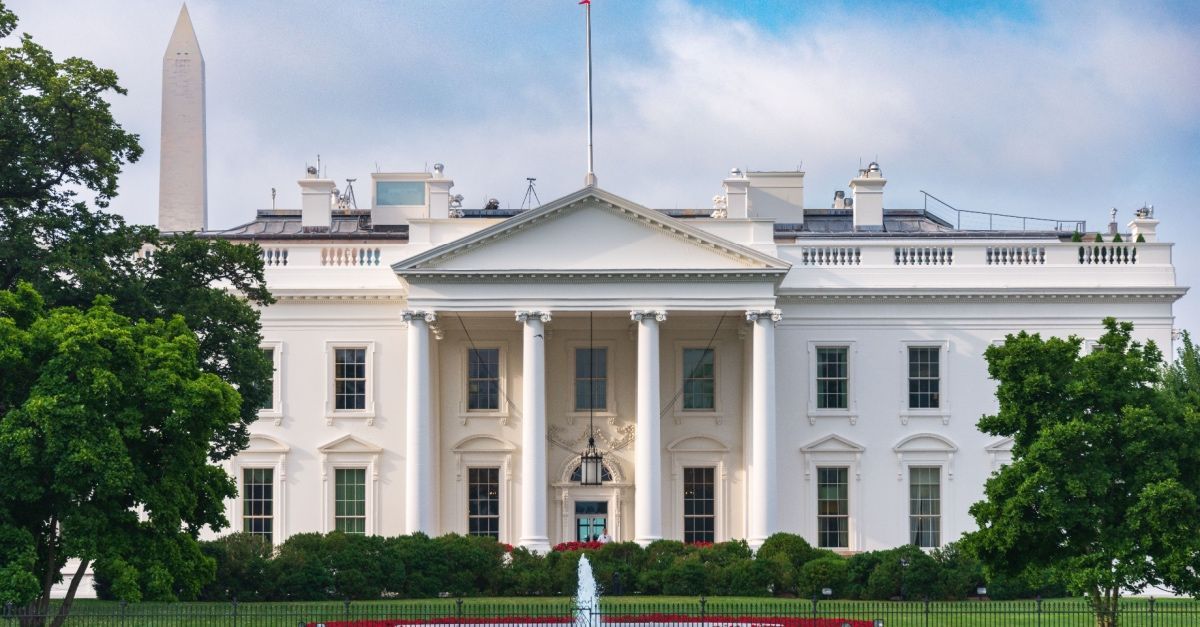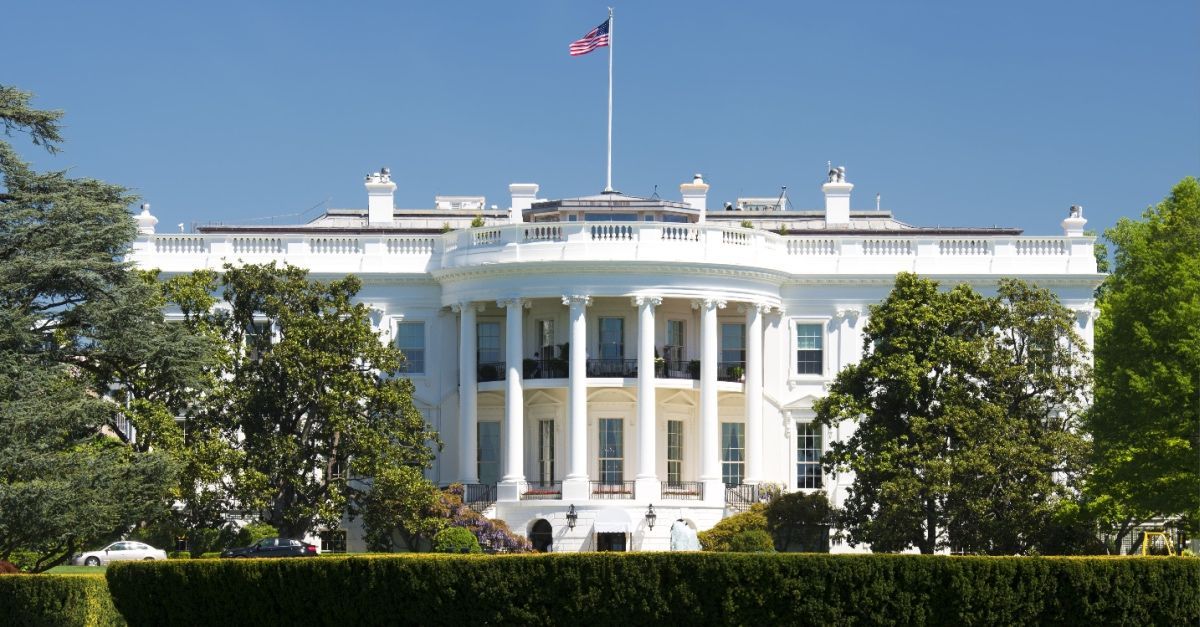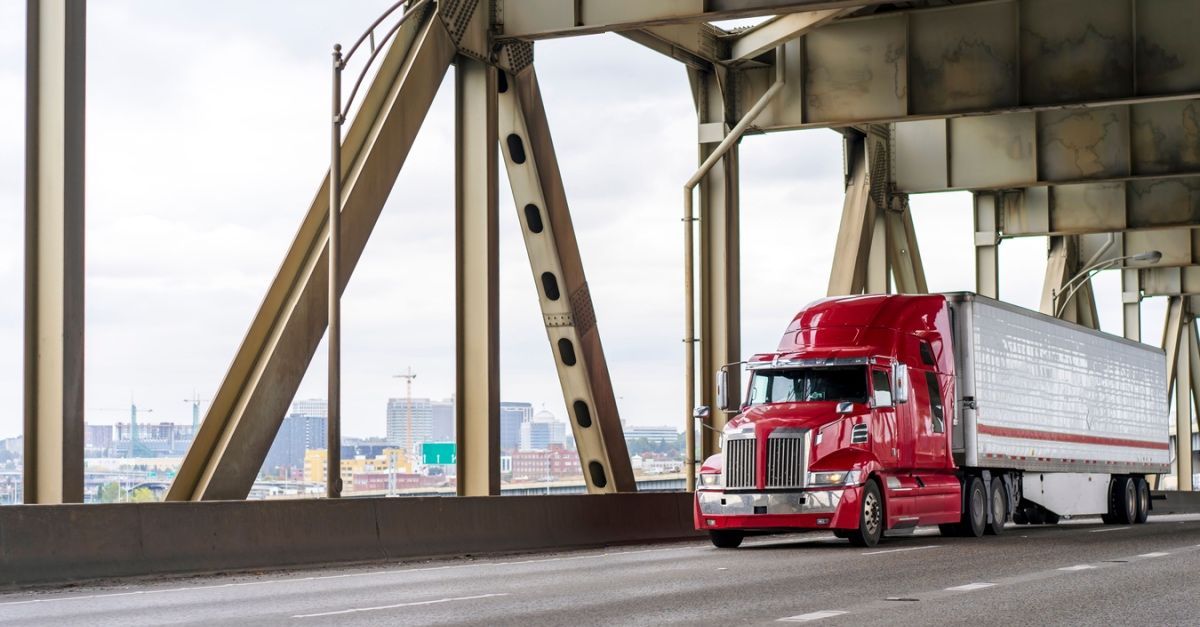Dedicated Freight is in Focus as Shippers Brace for Major Trade Changes
Blog Post CTA
As disruptions continue to impact supply chain operations, more shippers are turning to dedicated freight services as a strategy for ensuring resilience. Big trucking firms are also jumping on this trend because it ensures they can lock in longer-term contracts at better rates. These carriers are also making significant investments to keep up with the demand.
Meanwhile, the less-than-truckload (LTL) classification system is set to undergo a major revision in July. This revision will result in significant pricing changes, which have shippers worried. Shippers will have to be more precise to avoid paying more, which can also be a major plus for sustainability and profitability for carriers.
The freight industry is off to an intriguing year, and we are committed to bringing you all the latest trends, news, and insights. Continue reading to find out more.
Big Trucking Firms Shift Focus to Dedicated Freight Amid Market Shifts
Major U.S. truckload carriers have shifted more trucks and drivers into dedicated services to secure stable revenue and margins. This shift has been underway for years but picked up speed during the prolonged freight downturn. Shippers want to improve resilience, and one way to achieve that is searching for guaranteed capacity. Many have expanded private fleets since the pandemic.
Companies like Schneider National, J.B. Hunt, Knight-Swift, and Werner are making dedicated trucking a priority. Schneider now has 70% of its fleet dedicated, aided by its $421 million acquisition of Cowan Systems.
J.B. Hunt estimates the dedicated market is worth $90 billion and aims for profit margins between 12% and 14%, compared to just 4.7% in traditional truckload.
Carriers see dedicated trucking as a way to manage pricing volatility and are eager to
leverage the changing tide to lock in longer-term contracts. Some, like Knight-Swift, are also expanding into LTL services to reduce dependence on one-way freight. While spot market rates have hurt dedicated services, carriers expect demand to pick up later in 2025.
Shippers Brace for Major Overhaul of LTL Freight Classes
A major revision to the U.S. LTL classification system is set to take effect in July, leaving shippers concerned about pricing changes. The National Motor Freight Traffic Association (NMFTA) has proposed more than 90 updates. Although this is significantly more than usual, the updates will aim to simplify a system that dates back to the 1930s.
The changes will put more weight on shipment density, meaning shippers must be precise with measurements to avoid unexpected costs. Some may need to invest in dimensioning equipment to comply. While officials say the update is not designed to raise rates, many expect pricing shifts, especially if they don’t adjust their shipping processes.
Companies are already working with carriers to understand the impact, with logistics teams reviewing freight dimensions and classifications. NMFTA is holding public meetings and webinars before finalizing the changes, and shippers are urged to prepare now to avoid surprises when the new rules take effect.
Trump Pauses Crackdown on Chinese Import Loophole
President Trump has delayed enforcing his order to suspend the de minimis trade provision, which allows low-value shipments from China to bypass duties and customs inspections. The provision, which applies to goods valued under $800, has been widely used by platforms like Shein and Temu to enhance their delivery to customers while offering the lowest possible prices.
However, it seems that other not-so-legitimate enterprises are also exploiting it. To tackle that, Trump initially suspended it as part of a broader tariff plan, which disrupted operations for e-commerce retailers and logistics operators. The U.S. Postal Service briefly stopped accepting parcels from China and Hong Kong before resuming service. The delay will remain in place until the Commerce Department sets up a system to inspect and tax these shipments.
The surge in low-value imports has raised concerns over compliance burdens, as Customs cannot efficiently screen individual packages. In response to the uncertainty, some suppliers in Temu have reported price hikes and product removals.
Trump to Impose 25% Tariffs on Steel and Aluminum Imports
President Trump plans to impose a 25% tariff on all steel and aluminum imports, including shipments from Canada and Mexico. He also has announced “reciprocal tariffs,” targeting countries that impose duties on U.S. goods. Following the news of the increased tariffs, shares of U.S. steel producers shot up in premarket trading, while global markets reacted with concern.
South Korea’s acting president convened a meeting to assess the impact, as the country exported nearly
$5 billion worth of steel to the United States last year. Trump has stated that these import duties will generate revenue and pressure trading partners. When he first mentioned the plan, financial markets dipped last week, with consumer sentiment surveys showing rising concern over inflation linked to tariffs.
While some duties on China were delayed, Trump has moved quickly to bring tariffs into play early in his presidency.
Freight Market Struggles as Shipments and Spending Drop in Q4
According to the U.S. Bank Freight Payment Index, the U.S. freight market remained sluggish in Q4, with shipments down nearly 16% and spending falling 22% year over year. The slow recovery has been tied to weak manufacturing activity and structural shifts, including private fleet expansions.
While industrial production has started showing signs of life, trucking demand has yet to see a sustained rebound. Some improvement has been noted, with capacity tightening and spending per truck rising. Spot rates for dry van freight have increased, and the gap between spot and contract rates has been closing, signaling a possible shift in pricing power toward carriers.
Maersk Reports Strong 2024 Earnings on Higher Freight Rates
Maersk posted $55.4 billion in revenue for 2024, marking its third-strongest financial year. Earnings before interest, taxes, depreciation, and amortization (EBITDA) rose to $12.1 billion while operating profit increased to $6.5 billion. Strong freight rates and stable demand were key to the company’s performance.
The ocean division generated $37.4 billion, with container rates rising 38.1%. Logistics and terminals also saw revenue growth. Due to Red Sea disruptions, Maersk managed higher fuel and handling costs caused by rerouting ships around Africa.
The company expects
4% container volume growth in 2025 but warns of ongoing supply-demand imbalances. Depending on when Red Sea routes reopen, it forecasts EBITDA between $6 billion and $9 billion. It also announced a $2 billion share buyback and a dividend.
Tariff Uncertainty and Frontloading Keep Container Rates High
The Trump administration’s ongoing tariff changes continue to drive uncertainty in the market, prompting shippers to move goods ahead of potential trade restrictions. Asia-U.S. West Coast spot rates rose 3% to $5,078 per forty-foot equivalent unit (FEU), while East Coast rates increased 1% to $6,718.
Recent tariff announcements on Mexican and Canadian imports were short-lived as they were delayed for a month, with only the 10% added tariffs on Chinese goods staying in effect. Beijing responded with 15% tariffs on coal, LNG, and machinery. The
possibility of a 60% tariff on Chinese goods adds to shipper concerns, reinforcing demand for early shipments. Red Sea diversions have kept trans-Pacific rates elevated, with some analysts predicting they could reach last July’s peak of $8,000 per FEU.
Meanwhile,
Asia-North Europe rates dropped 11% to $3,667 per FEU, and Asia-Mediterranean rates held steady at $5,069. Trump has signaled potential tariffs on the European Union, and carriers have already announced trans-Atlantic peak season surcharges for March, likely anticipating another wave of frontloading.
Entourage Freight Solutions: Food-Grade Expertise for All Your Shipping Needs
Our roots run deep in food service logistics, and our expertise and track record speak for themselves. At Entourage Freight Solutions, we’ve built our reputation on handling perishable and sensitive shipments with the utmost care and precision. This dedication to service and attention to detail extends to every shipment we touch — perishable or not.
We believe in total transparency. That is why we invest in tech solutions that extensively track every shipment, monitor every driver, and squeeze out every bit of efficiency without sacrificing quality. Our state-of-the-art platform uses cloud-based GPS tracking to keep you informed, reroutes shipments on the fly to avoid delays, and even reacts to real-time market changes to ensure you’re getting your shipments on time and as soon as possible.
Our Services
- Full Truck Load (FTL): When you need a truck all to yourself.
- Less Than Truckload (LTL): Efficient solutions for multi-stop shipments or combining smaller loads to save on costs.
- Refrigerated Trucking: Keeping your temperature-sensitive products fresh and safe.
- Cross Docking: Strategically located facilities in Shelby, Ohio, Cedar Rapids, Iowa, and Romulus, Michigan, for streamlined consolidation, storage, and distribution.
Ready to experience a new level of service and control in your freight shipping? Request a quote today to see how Entourage Freight Solutions can help with your freight movement and other supply chain needs.
